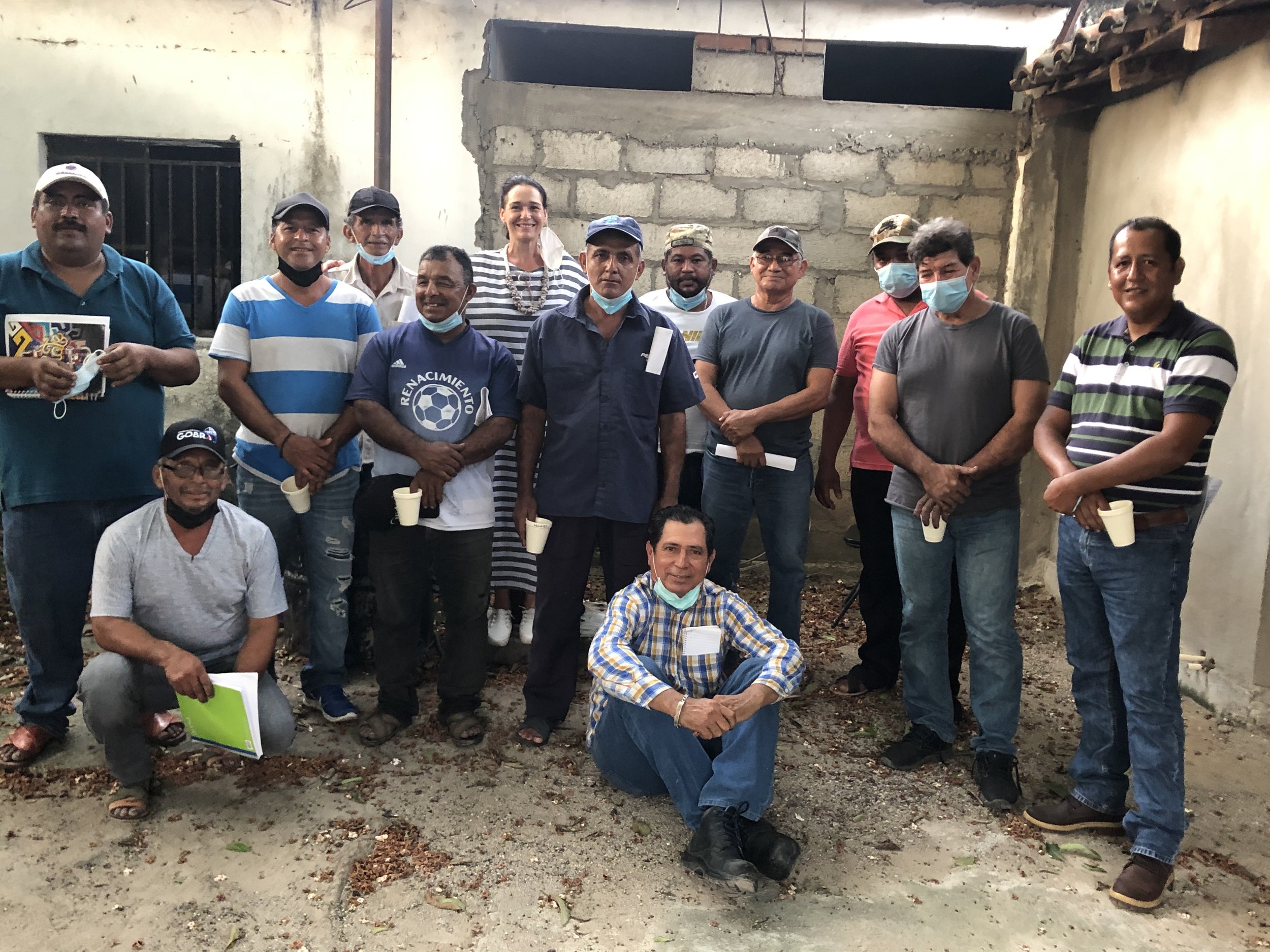BIOCULTURAL HERITAGE PROJECT
Biocultural heritage is the local ecological knowledge and practices, the associated biological richness (ecosystems, species and genetic diversity), the formation of landscape features and cultural landscapes, as well as the heritage, memory and living practices of managed or built environments.
Biocultural resources are species of plants, animals and fungi that are part of the articulation between the use, management and traditional knowledge of the communities (Dunn, 2017). An example could be that certain species of chilies are only grown and eaten in specific regions of the country.
It is becoming increasingly evident that impacts on natural systems are causing a serious erosion of human cultural diversity. Of the more than 7,000 different languages in use around the world today, 41% are endangered. When a language dies, knowledge also dies. Conservation and education programs should raise awareness of these connections.
The Biocultural Heritage Project began in 2020 while I was working pro bono with a cooperative of natural indigo farmers in Niltepec, Oaxaca. They are the last custodians of this process in Mexico. In September 2017, the state of Oaxaca suffered an 8.2 earthquake during the harvest season for the indigo plant, which ruined crops for all farmers. COVID has also affected their local economy. But now they are battling erratic rainfall patterns, a clear sign of climate change, affecting their crops today, resulting in an 80% loss of production. Inspired by this struggle, the project aims to raise awareness of the importance of 'indigenous ways of knowing' and the relevance of preserving the balanced relationship between nature and culture, which is currently threatened by climate change and declining the availability and quality of certain natural materials used in craft production globally.
My current research focuses on how climate change is affecting the crops used to produce traditional textiles in Mexico, such as wild "coyuchi" cotton, hemp, abaca, ramie, sisal, henequen, wool, and silk.
For example, changes in temperature, rainfall patterns, and other environmental factors can affect the growth and quality of cotton plants, leading to reduced yields and lower-quality fiber. Similarly, changes in the availability and quality of natural coloring plants can affect the range of colors achieved in textile production. As the availability and quality of these materials decline, it becomes difficult for artisans and their communities to maintain traditional crafts that have often been passed down through generations and are an important part of their identity and cultural heritage.
While the impacts of climate change continue to be felt around the world, traditional agricultural practices and indigenous knowledge are increasingly threatened by crop failures and the loss of endemic plant species. At the same time, the erosion of crafts and culture is also a cause for concern, as many traditional skills and techniques are at risk of disappearing.
To sustain culturally important species, we need a more complete list of species that are culturally relevant to different groups and their territories, as well as more support for cultures that value them. My role is to raise awareness, finance and develop guidelines to secure the future of their crops and emphasize the importance of preserving culturally significant practices in traditional textile crafts. I hope this initiative can become a global movement.
If you are interested in supporting this project, please contact me. It takes time to connect, listen, and understand nature, but it is essential if we want to preserve our biocultural heritage for future generations.
© 2023 Carmen Artigas
